Top 10 Most Expensive Golf Balls In The World
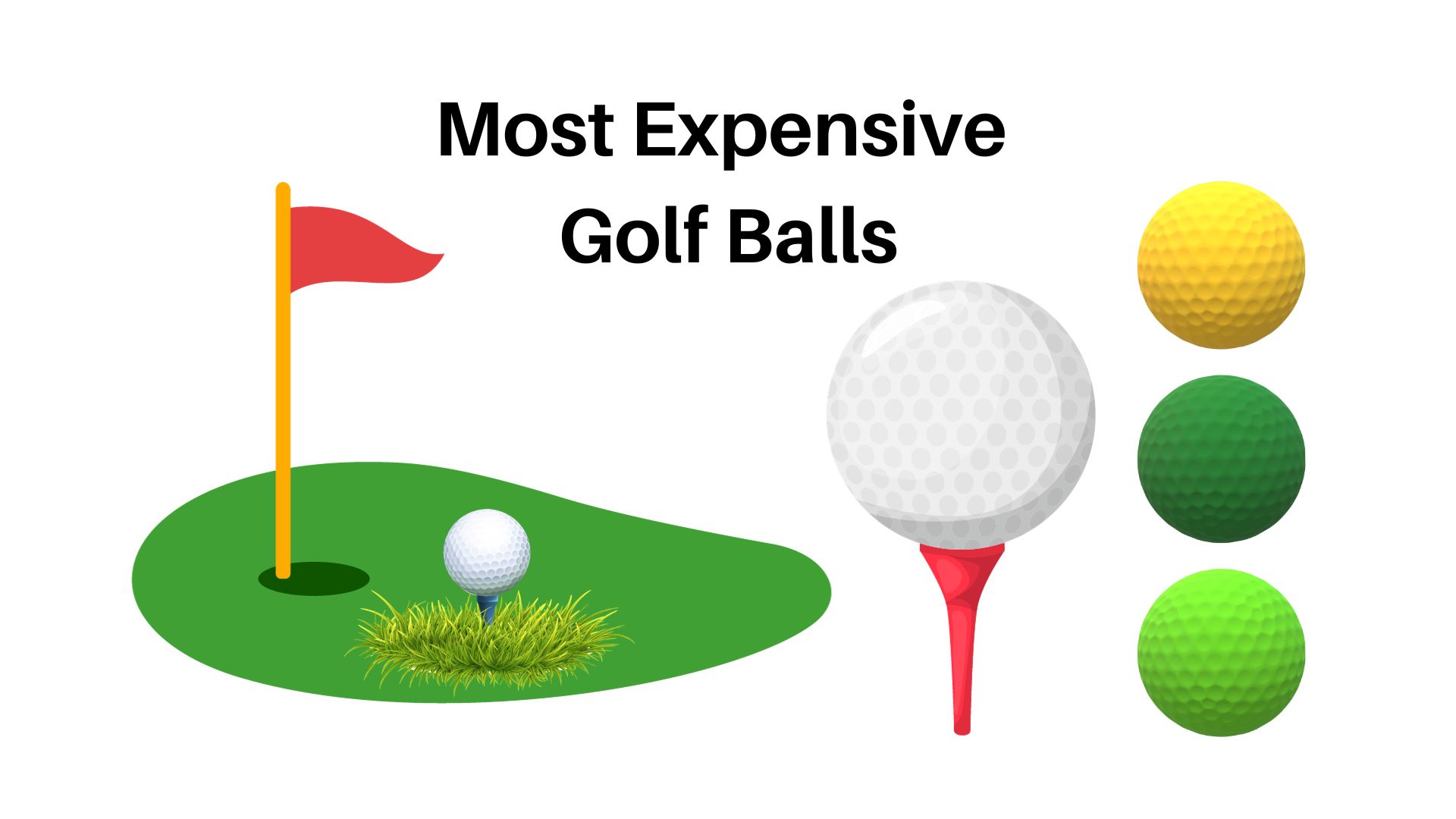
Page Contents
Most Expensive Golf Balls: Golf balls are small, spherical balls designed specifically for the game of golf. Typically weighing around 1.62 pounds with a circumference of 1.68 inches, their base has grooves that reduce wind resistance and enhance flight capacity through the air. Golf ball materials range from rubber or polymer blends to compacted feathers – however, which type you use can affect stroke length and precision.
About Golf
Golf is a beloved sport enjoyed by golfers of all ages and abilities around the world. The aim of the game is to use as few swings as possible to hit a small ball into multiple points on a fairway. The winner is determined by who requires the fewest number of swings to complete their challenge.
Golf courses typically feature 18 holes, each with its own distinct design and obstacles like dunes, water hazards, and uneven topography. Course length can range anywhere from several hundred to over 600 yards. Golfers hit the ball using various tools such as putters, wedges, and drivers – each designed for a particular stroke type.
Golf requires both intellectual and physical agility. Players need to be strong, and flexible, with perfect hand synchronization, as well as be able to recognize courses and change their strokes accordingly. Golfers have to decide which clubs they will use, how and where to approach each shot, plus how to deal with unexpected obstacles; all of which require persistence, concentration, and strategic planning.
Golf is an intense and rewarding activity with numerous health benefits. The golf swing helps build mobility and muscle strength while walking the course offers fitness and fresh air. Furthermore, this popular sport tends to draw in social groups such as colleagues, relatives, or coworkers for added entertainment and camaraderie.
History Of Golf Balls
Golf was first played in Scotland during the fourteenth century, and with it came the invention of golf balls. Wooden spheres filled with feathers and animal fluids were among the materials used to craft these original balls.
Golf ball consumption skyrocketed as the sport of golf gained prominence in the seventeenth century. To create these iconic “furred” balls, wet swan feathers were placed into a leather pouch and stitched shut. As they dried, their wings expanded to form a firm, sphere-shaped ball. Feathered balls took time and money to craft but have remained popular for over two hundred years.
In the mid-19th century, a new variety of golf balls was invented: gutta-percha. Made from heated sapodilla massive tree nectar that had been formed into a sphere, these balls proved easier to manufacture and featured a more reliable flight path compared to feathery spheres. Unfortunately, gutta-percha balls weren't very spinny or controllable and were rather heavy and hard.
At the turn of the 20th century, golfers discovered the Haskell ball – composed of a silicone core wrapped in polymer string and coated in gutta-percha. This ball featured greater bounce and spin than earlier balls and became widely adopted as their go-to choice for players. In the 1930s, Haskell balls became widely available as wrapped rubber balls as well.
In the 1960s, two distinct balls were developed – one with a thick rubber base and another made of thermoplastic Surlyn. These particles flew more consistently and had greater durability compared to earlier balls. Multi-layer spheres with tougher innermost surfaces as well as gentler outermost parts were first launched in the 1990s; many players still use them today due to their precision spins and range. Golf balls continue to evolve today with producers using cutting-edge materials along with innovative design methodologies in an effort to boost performance levels. Today's golf balls remain strong devices designed for maximum range, accuracy, and reliability
Types Of Golf Balls
- Distance ball
- Low compression ball
- Multi-layer ball
- Tour ball
- Personalized ball
- High spin ball
Popular Trends Of Golf Ball
- Golfers are becoming increasingly interested in soft-feeling balls, which provide better information on strokes and enjoyable impact noise. To create these spheres that feel gentler on contact without sacrificing length or control, companies are employing novel substances and shapes.
- Compaction balls have become increasingly popular due to their tendency to collapse more readily and offer greater distance at lower swing velocities. Companies are using innovative core shapes and materials in order to produce balls with reduced pressure while still maintaining strong ball speeds and accuracy.
- Golf balls with multiple layers–a strong inner layer, softer outermost part, and large core–are becoming increasingly popular. These balls provide golfers of all abilities with excellent distance control, spin, and direction control.
- Golf balls with a smooth outermost surface are becoming increasingly popular among players who desire more spin and precision in their swings, as they provide greater spin for distance control as well as around greens. To promote better spinning and stability, companies are creating balls with smoother covers and novel dimple designs.
- Golfers are becoming more and more interested in showing off their personalities on the course through their golf balls. Now, several producers offer personalized writing, logos, or photos that can be added to these balls for a unique touch.
- The use of recyclable sources in golf ball production is on the rise, with some businesses including repurposed or bioplastics in their products. This trend stems from a desire to reduce waste and lessen adverse environmental effects caused by traditional materials.
Why Golf Balls Are Expensive?
- Golf ball companies invest heavily in research and development to discover new substances and shapes that boost productivity. Customers often foot the bill for this research since it can be costly.
- Golf balls must meet stringent quality assurance criteria to guarantee consistent quality. To verify it meets the manufacturer's standards; each ball must go through testing for gravity, length, pressure as well as other characteristics.
- Elevated golf balls are made with premium components like urethane and premium rubber; which make them more valuable than those found in cheaper golf balls.
- Golf ball production is an intricate task that necessitates sophisticated equipment and experienced personnel. To ensure the value of these spheres, automated machines must be employed alongside manual labor to make them successful.
- Golf ball producers invest a considerable amount of money in advertising and marketing to establish their brand identity and increase sales. The cost of these expenses is then passed along to customers through increased pricing for the ball.
- Due to their rarity, certain golf ball variants that are produced in small quantities may command higher prices.
Top 10 Most Expensive Golf Balls In The World
- Dixon Golf Fire – Worth $75 per dozen
- Callaway Chronic Soft – Worth $74.95 per dozen
- TaylorMade TP5 – Worth $54.99 per dozen
- Nike One Tour – Worth $50 per dozen
- XX10 Eleven Balls – Worth $49.99 per dozen
- Titleist AVX Golf Ball – Worth $49.98
- Titleist Pro V1x – Worth $49.95
- Titleist Pro V1 Left Dot Model – Worth $48 per dozen
- TaylorMade Lethal Balls – Worth $48 per dozen
- Bridgestone Tour BX – Worth $47.97 per dozen
#1. Dixon Golf Fire – (Worth $75 per dozen)
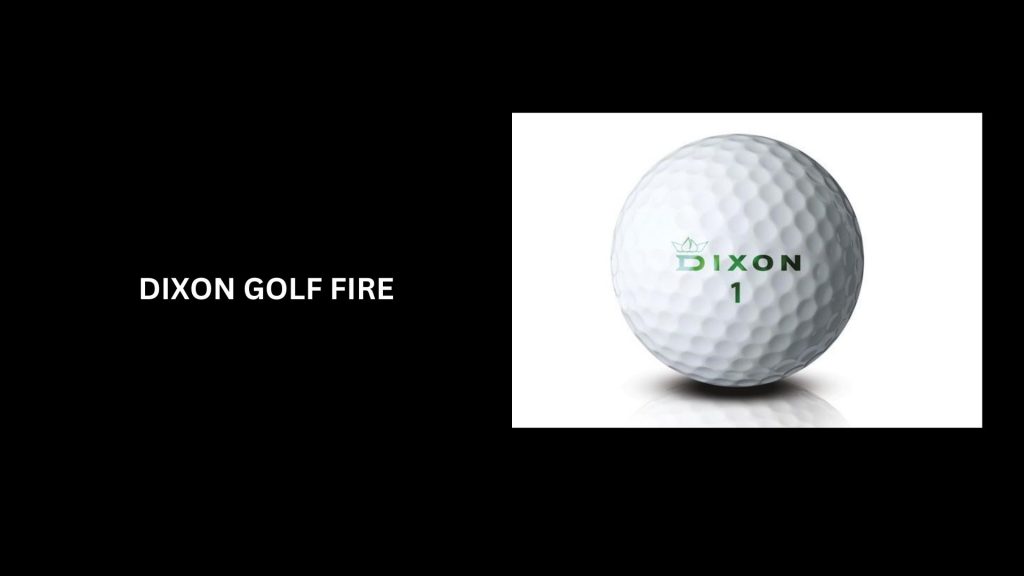
Even as golf moves towards being more environmentally friendly, you rarely hear of greener balls. Dixon Fire Golf Balls are an excellent option for players with lower handicaps who like to hit the club more quickly. These golf balls sail away from the tee yet provide plenty of gliding and spinning on courses.
It utilizes the exact dimple pattern from the 318 Tour, so no matter how hard you hit it in the breeze, your putt will land precisely where intended. Constructed out of cast urethane that can be recycled for strength and environmental sustainability – especially given how many golf balls are being used daily. This makes for a fantastic long-term environmental solution.
#2. Callaway Chronic Soft – (Worth $74.95 per dozen)
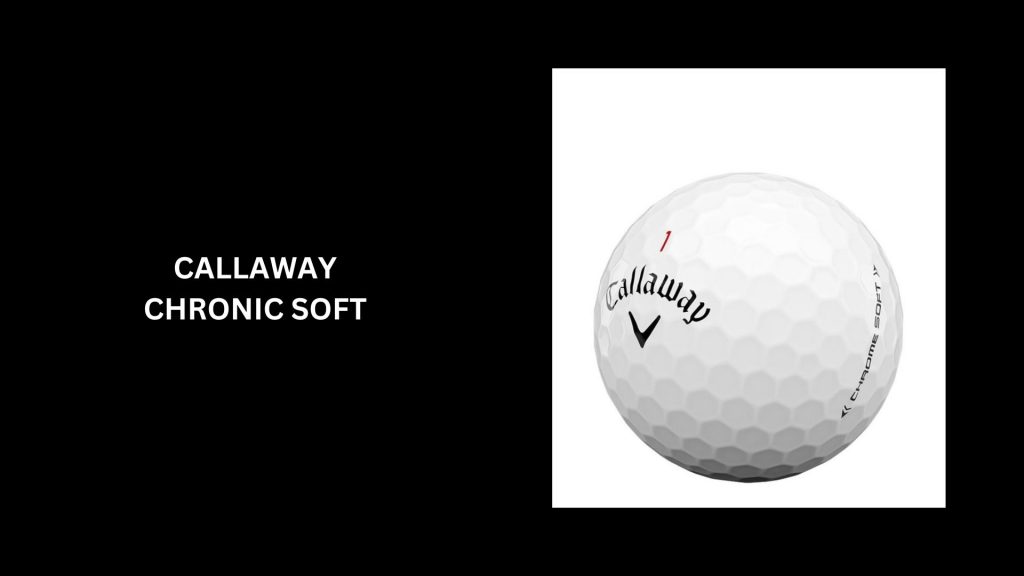
These come in an array of hues; and are sold as a package of 12. You have six distinct choices when selecting your shade – it's an upright protracted softball with an ultra-low compressible base which enables it to move quickly and with greater consistency due to its Low Drag HEX Aerodynamic efficiency;
keeping the ball lightweight while allowing weight to be raised quickly without trailing, giving this ball great range at an unbeatably discounted rate! Make this among your top buys today at such great savings!
#3. TaylorMade TP5 – (Worth $54.99 per dozen)
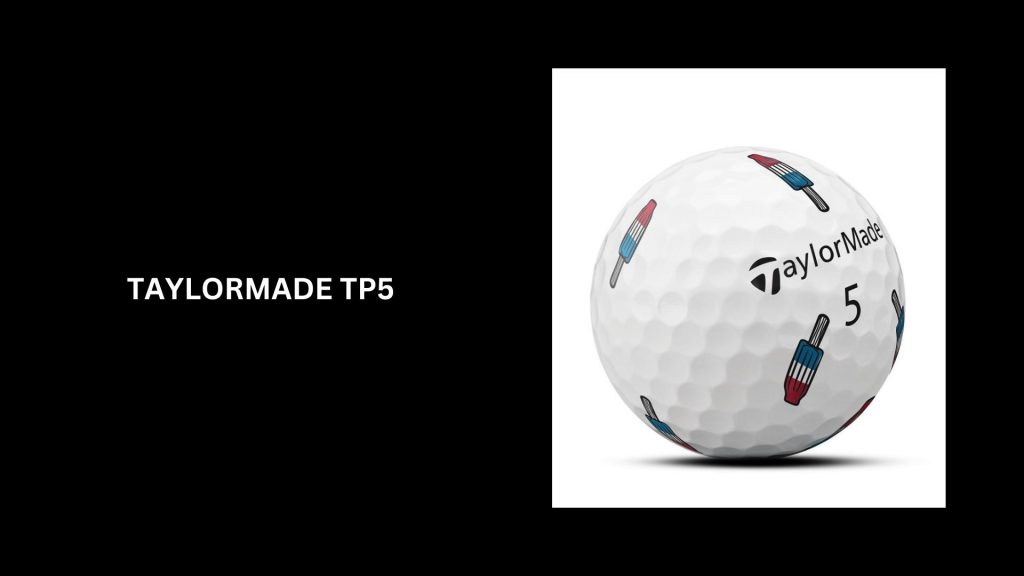
TaylorMade's TP5 Pix Golf Balls; are unbeatably superior; even at their hefty price tag. We adore how each ball is six unique – giving you endless uses and possibilities with this golf ball!
Six items can offer a wealth of innovation. Golf balls feature an inner core structure to provide power and feel; while their upper mantle provides spin. The Pix stands out with an image on its exterior; white golf balls no longer exist.
When striking your ball with the TP5 Pix; pictures may appear while you focus on striking it; once the game has ended; these images become clearer to view afterward.
#4. Nike One Tour – (Worth $50 per dozen)
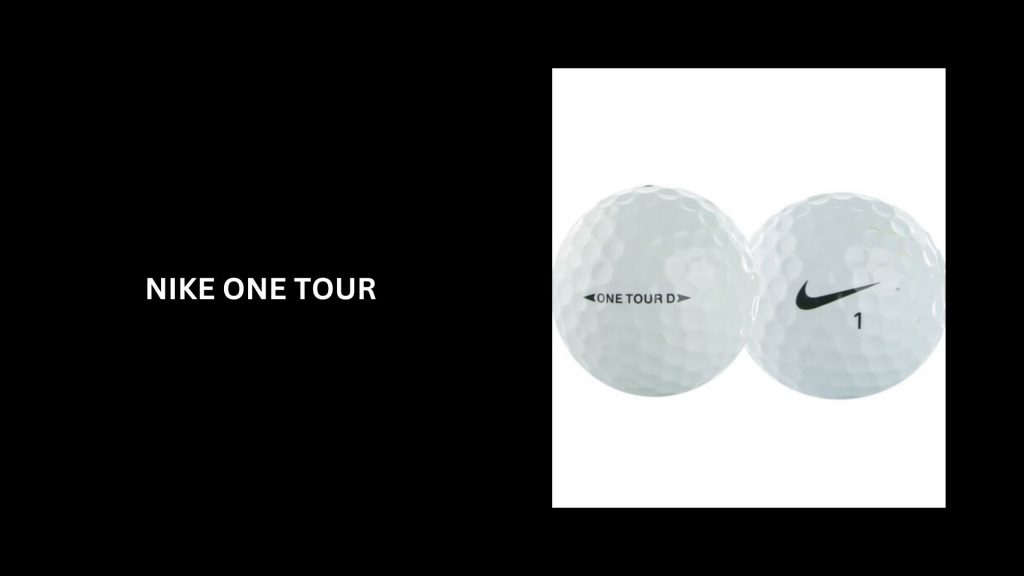
Nike is a well-known sports events company that has been making top-notch gear for generations. Their most expensive golf ball to date, the Nike One Tour, replaces their 20XI predecessors and costs $50 for a 12-ball package.
These balls are exceptionally well constructed, offering incredible pressure for optimal range in any weather condition.
Specifically designed to handle protracted driver smashes to approach fairways from distances of several hundred meters or so, these balls have excellent bounce management with Nike's Transmission Line Innovation built into 4 structures with flawless urethane coating – they're designed for full match playability!
#5. XX10 Eleven Balls – (Worth $49.99 per dozen)
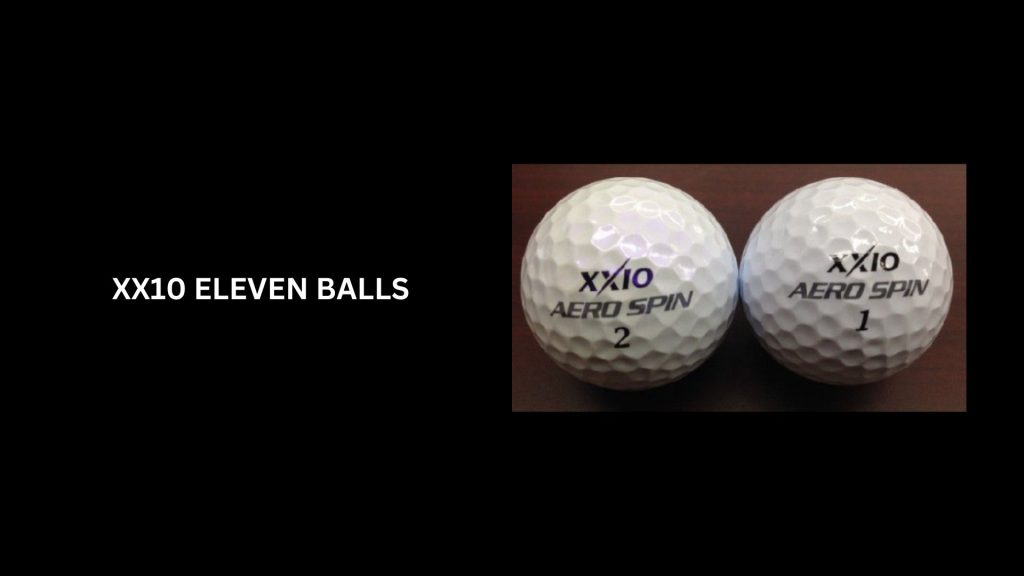
You'll love The XX10 Golf Company's 3-piece ball. Made for swinging below mph regardless of handicap level, the XX10 provides maximum distance and spin for those who hit more slowly.
Mid handicappers may find this composition particularly helpful since its slim margin and soft feel allow it to penetrate obstacles more easily.
Benefits include a stunning green backdrop and close layer separation, strengthening the core. However, its drawback is that accelerated players cannot play it.
#6. Titleist AVX Golf Ball – (Worth $49.98 per dozen)
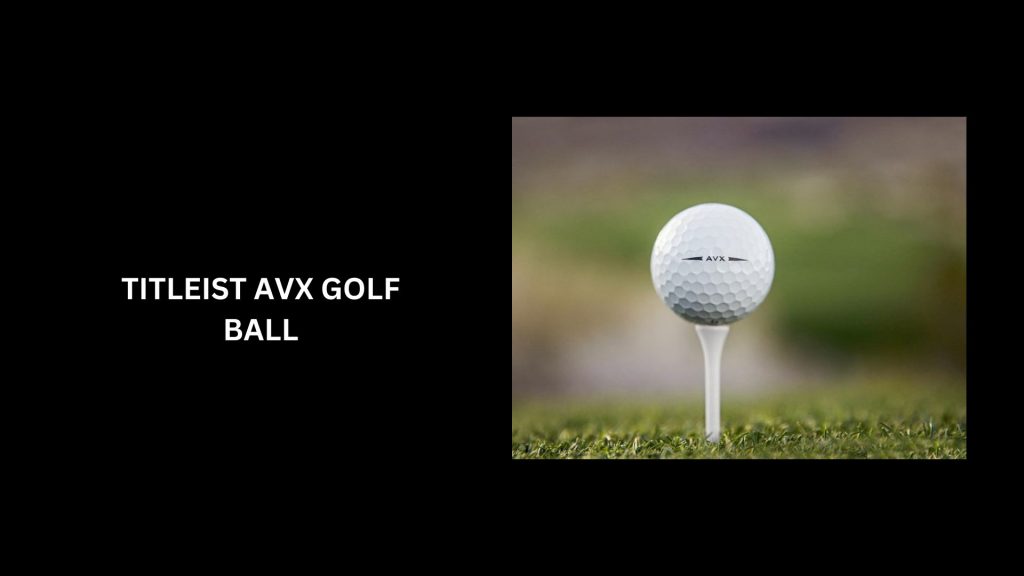
Titleists have made some of their latest innovations to create a comfortable texture on this golf ball; the AVX. Combining an aerodynamic cover with a core structure improves aerodynamic performance for fast and accurate shots – exactly what its manufacturer intended.
Thanks to its minimal compressed core, you don't need to worry about that either; the ball feels soft thanks to its minimal compressed core. Furthermore, GRN41 cast thermoplastic urethane increases longevity as well as shooting accuracy; further adding to this premium ball's features.
This ball features 352 tetrahedral bulges for a steady flight. If you're searching for an ultra-plush, protracted golf ball, look no further than this high-end model with 352 bulges.
#7. Titleist Pro V1x – (Worth $49.95 per dozen)
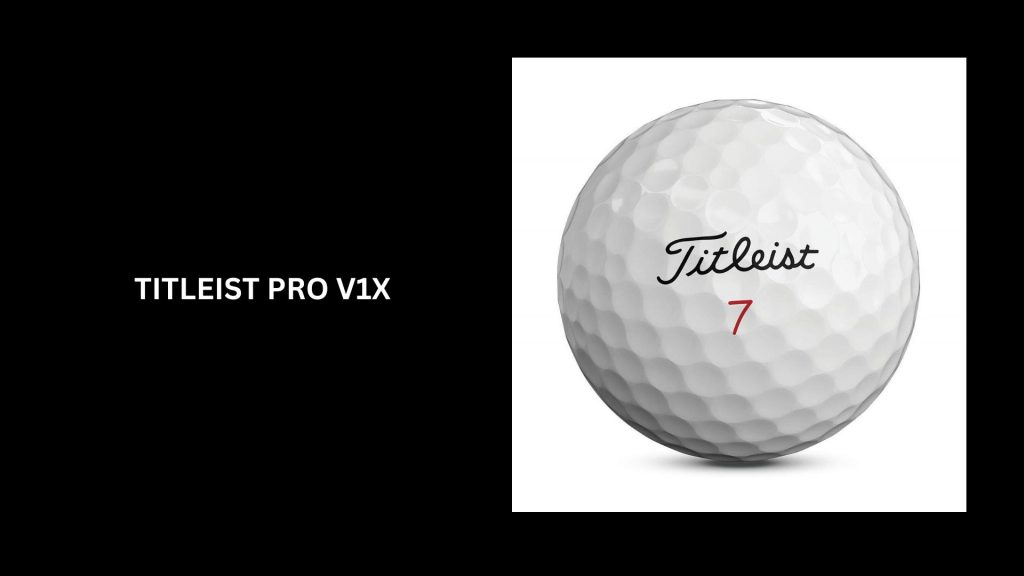
For years; the Titleist ProV1x golf ball has been considered among the top options. Players often compare its cost to that of their personal balls; however; recently this model has become less costly than before.
At present; these cost around $49.95; however when first released; a dozen cost around $60. Similar to the ProV1 shape; these clubs are designed for players with high club head speeds who want more spin on courses.
#8. Titleist Pro V1 Left Dot Model – (Worth $48 per dozen)
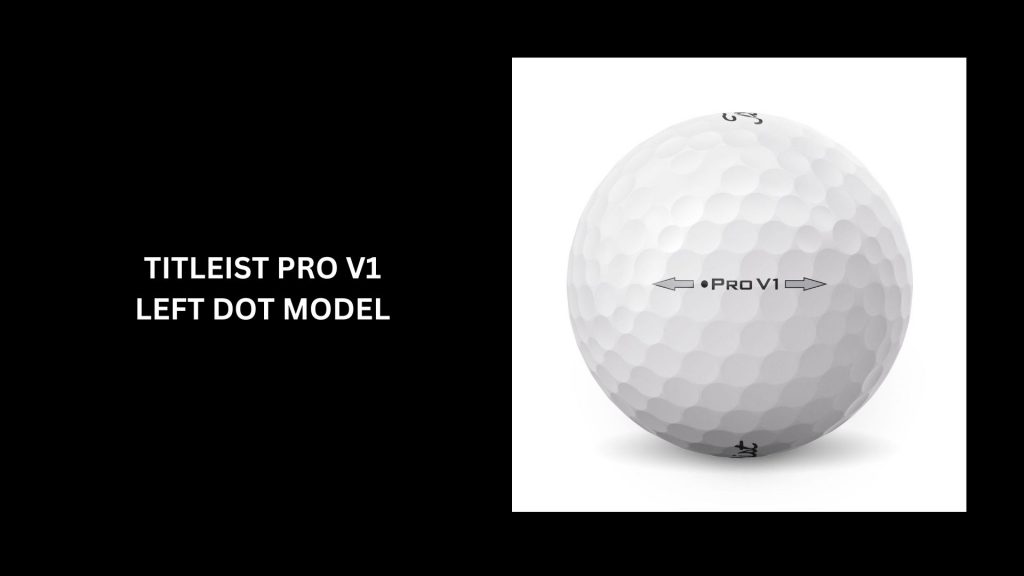
On the private market, one of the most sought-after golf balls is relatively recent: Titleist Pro V1 Left Dot model has only been available intermittently to PGA Tour pros since 2013.
This variant was specifically created with a ball striking that was much lower and was made after numerous requests from Titleist staff members.
According to reports, 24 PGA Tour victories featured this legendary golf ball – it even played a part in Henrik Stenson's, Patrick Reed's, Daniel Berger's, and Tony Finau's! In September 2021 however, Titleist decided to let the world see behind closed doors and provide this legendary golf ball again but unfortunately many had already sold out; the only way to discover them currently is on resale markets worldwide.
#9. TaylorMade Lethal Balls – (Worth $48 per dozen)
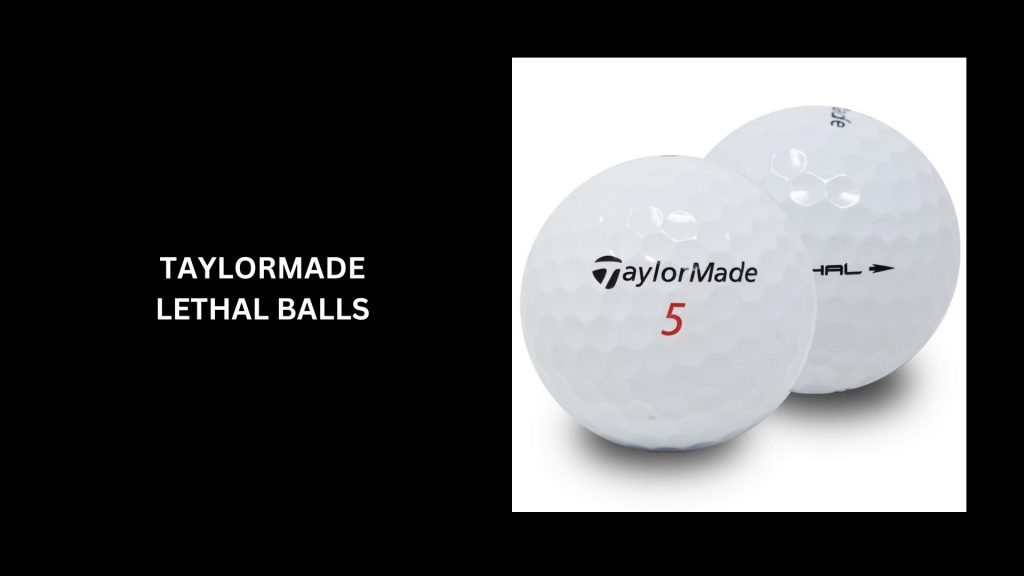
TaylorMade Golf Balls have been making waves with the Deadly series, their premium ball. While these expensive balls may not be the most popular brand name on the market, TaylorMade's Lethal has proven to be an essential addition for those with faster swing speeds and longer drives.
Plus, these expensive balls boast a harder feel than some of their rivals and 86% more dimple penetration than Penta TP5 replacement – all for $48 per dozen and widely considered as some of their finest offerings yet!
#10. Bridgestone Tour BX – (Worth $47.97 per dozen)
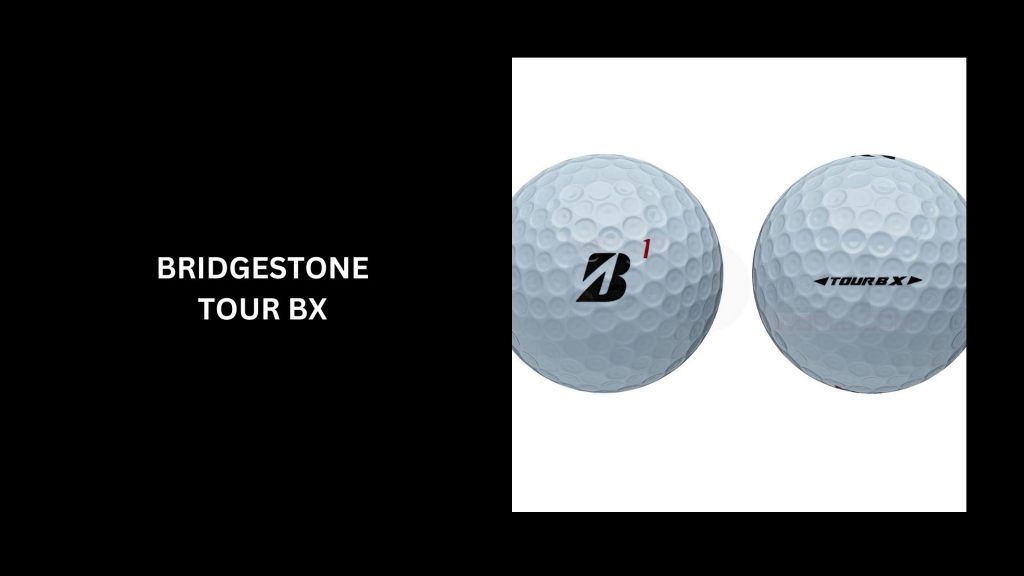
Tiger Woods; Lexi Thompson; Fred Couples and Bryson DeChambeau have all used this popular golf ball; earning praise for its innovative handling; perspective and spinning capabilities.
Aerodynamic forces provide minimal drag with maximum velocity due to simple technology while the responsive urethane coating offers superb spin, gentleness, big release, and twirl.
However, the new edition appears harsh; thus it may not be ideal for players with slower spring speeds. Tiger Woods himself has demonstrated through his use of Tour Grade balls that they aid control over their trajectory while spinning more freely.
Bottom Line
Golf balls provide unparalleled length; precision and spinning control on the course – making them essential tools of the game. Thanks to advances in ball construction and components over time, players of all abilities now have more choices than ever before.
There is a wide selection of golf balls to suit different playstyles and preferences; from gentle low-compression balls to multi-layer compositions and high-spin designs. Golf balls can be expensive due to their limited production costs, technological advancements, quality standards, and materials used in their manufacturing process.
Yet these factors remain essential for ensuring they meet certain specifications. Golf balls are incredibly popular due to the numerous customization and advertising possibilities, collectors' editions, and their role in golf. As essential components of the game, these balls will continue to improve over time to meet the demands of golfers everywhere.
FAQ.
Most golfers prefer to bring between 6-12 balls in their packs when playing. Though this largely depends on personal preference and some may consider it a mystical perspective; most elite golfers find their best shots around nine in the morning.
With proper maintenance; golf balls typically last about ten years. Although some do go stale over time, with proper storage and transportation you can typically extend their usefulness for playing golf.
On average, your golf ball can play seven 18-hole sessions before showing any signs of wear or deterioration. Unfortunately, they tend to disappear more on the course than simply wear out; therefore, you should change it as soon as you notice scratchiness in its feel.
Golf balls can suffocate dogs, particularly large ones. Furthermore, their hazardous compounds could harm your pup. In addition, polyamide substances found within golf balls could damage teeth while shattered fragments could lodge in bowel or stomach organs.

Aditi is an Industry Analyst at Enterprise Apps Today and specializes in statistical analysis, survey research and content writing services. She currently writes articles related to the "most expensive" category.